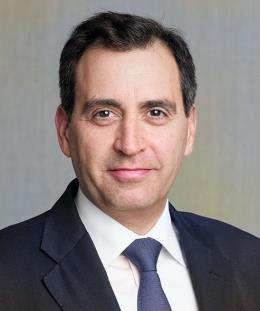Voluntary Administration
28 October 2022

The primary objective of a VA is to maximise the chances of a company (or as much as possible of its business), being able to continue to trade. If that is not possible, the secondary objective of a VA is to achieve a better return for the company's creditors than would likely be achieved if the company had been immediately wound up.1
The VA procedure:
deed of company arrangement (DoCA);
liquidation;
return of control of the company to its directors; and
and to recommend to the company's creditors which of these options is best suited to their interests.4
The typical timeline for the conduct of a voluntary administration is as follows:
The information provided is not intended to be a comprehensive review of all developments in the law and practice, or to cover all aspects of those referred to.
Readers should take legal advice before applying it to specific issues or transactions.










Sign-up to select your areas of interest
Sign-up